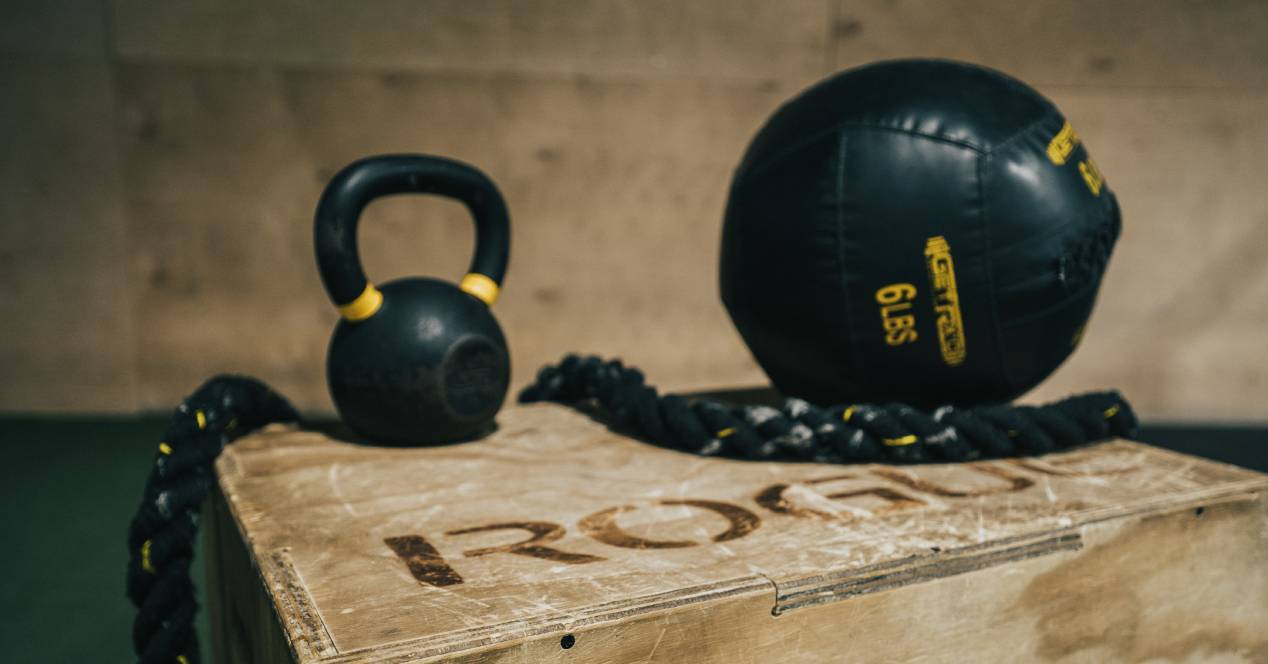
Femoral-Acetabular Impingement is a painful condition that occurs when the patella of the femoral bone does not have full range of motion in the socket of the pelvic bone acetabulum. Impingement causes pain, inflammation, swelling, and decreased motion of the hip joint. Exercising can be very difficult and painful if you are impinged.
Hip arthroscopy is used to treat femoral-acetabular impingement and can allow you to fully recover and return to your normal sports and exercise activity.
What is it?
Femoral-acetabular impingement can be divided into two types. A cam impact is caused by excess bone formation around the ball or neck of the femur. A pinch impact occurs due to overgrowth of the rim of the acetabular socket or when the socket is angled so that an abnormal impact occurs between the femur and socket.
The impingement can cause damage to the cartilage and labrum They cushion the femur and pelvic bone, causing pain, inflammation, and swelling of the surrounding tissues. This condition can occur if you are between the ages of 20 and 50.
Femoracetabular impingement may involve an abnormality of the femoral head (ball) or acetabulum (socket). In some cases, extra bone growth can lead to labral tears and early arthritis, but the most common symptom is groin pain. It can also cause pulling, popping, or pinching sensations in the hip joint. A complaint of hip pain will usually prompt an X-ray or MRI to determine the cause of the pain.
prohibited exercises
Femoral-acetabular impingement causes pain in the front of the hip and groin area. The pain usually occurs after prolonged sitting or walking.
The pain associated with the impact affects daily activities and generally prevents us from exercising. We can do low-impact exercises, such as walking, swimming, and bicycling, as we can tolerate the pain. Additionally, we can do weight lifting exercises that target the upper body and do not affect hip movement.
We should avoid activities that tend to wear out the hip more quickly, such as jumping, running and lifting heavy objects. Even before femoral acetabular impingement has been treated, there are some conventional exercises that should be avoided if hip pain is present. As a general rule, any exercise that causes the knee to move above the hip should be modified or not performed. Also, heavy weight or repeated impact to the hip joint can cause pain or further damage. Some examples are:
- Deep squats (especially variations like sumo squats)
- high knees
- Strides
- leg press
- Dead weight
- high box jumps
- rowing on ergometer
- Plyometric exercises like jumps and squats
If an exercise is not listed above and causes hip pain, it should also be avoided. Some activities, for example riding a bike, can still be done, but it is important that the equipment is the right size to support healthy joint movement.

Exercises after surgery
Hip arthroscopy is a minimally invasive surgical procedure used to treat femoral-acetabular impingement in active individuals.
Physical therapy and light exercises should be started immediately after surgery to begin to improve the strength and flexibility of your hip. However, strenuous and high-impact exercises should be avoided until we fully recover.
Recommended exercises may include hip circumduction, abduction, rotation, and flexion movements with the leg straight. We may be advised to get on a stationary bike or start swimming just a few days after surgery. The exercise routine is gradually changed to include isometric contractions using a fitness ball and resistance bands.
Of course, we'll stop exercising if you feel a dull ache or popping sensation in your hip and groin. We may also feel pain along the side of the thigh and in the buttocks. We will talk to the doctor if we feel pain, especially after prolonged periods of walking or sitting. If left untreated, femoral-acetabular impingement can lead to degeneration and arthritis that eventually require hip replacement surgery.
Hip flexor stretch
Many people with femoral-acetabular hip impingement experience tension in a group of muscles called the iliopsoas. These muscles, located in the front of the hips, help to flex the hip upwards. Tension here may be one cause of the pinching sensation you get in the front of your hip when sitting or bending over. Stretching the hip flexors can be a part of your femoral-acetabular impingement exercise program.
- We will get into a half kneeling position, placing one knee on the ground. This knee should be the one with the tight hip flexor that you want to stretch. The other foot should be flat on the ground in front of us.
- We will keep our back straight with our chest high. We will move the body forward slowly.
- We will gently squeeze the abdominals bringing the navel closer to the spine.
- We will squeeze the muscles of your glutes.
- We should feel a gentle stretch in the front of the hip and thigh of the leg with the knee on the ground.
- We will maintain the stretch for 15 to 30 seconds.
Piriformis Stretch
The piriformis muscle is located deep in the hip, below the gluteal muscles. It is in charge of turning and stabilizing the hip. We can feel stiffness if we have hip impingement or femoral-acetabular impingement.
A physical therapist may recommend that we stretch the piriformis muscle as part of the rehabilitation of femoral-acetabular impingement.
- We will lie on our backs with our knees bent.
- We will cross the leg to stretch on the other knee. The ankle should rest on the thigh next to the knee.
- We will take the thigh of the leg holding the bent leg. We will gently pull towards the chest.
- We should feel a slight pull in the back of the hip.
- We will maintain the stretch for 15 to 30 seconds. Then we will rest.
groin stretch
Femoral-acetabular impingement often causes tension in the inner thigh and groin. A physical therapist may direct you to stretch your groin muscles or hip adductors as part of an exercise routine.
In this case, we can do the butterfly stretch:
- We will sit with our backs straight and our legs in front of us.
- We will bend the knees and join the soles of the feet.
- We will let the bent knees fall gently towards the floor until we feel a pull in the inner part of the thigh and groin.
- We can also lean the trunk forward a bit if we want to stretch a little more.
balance exercises
Balance and proprioception can be included in the femoral-acetabular impingement rehabilitation routine. Proprioception is the body's awareness of our position in space and how it interacts with everything around us.
Improving balance can help control the pelvic and lower extremity regions. Doing so takes the pressure off the hip joint and helps relieve pain.
Balance exercises can start with a simple one-legged stance: we will stand on one foot and balance for 30 seconds. We will make the exercise more challenging by closing our eyes or by standing on an unstable surface, such as a pillow or folded towel.
Other balance exercises can be a single leg squat, standing on one leg with a ball toss, standing on a balance board or a wobble board.